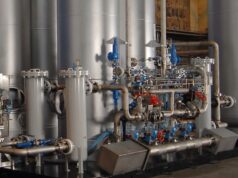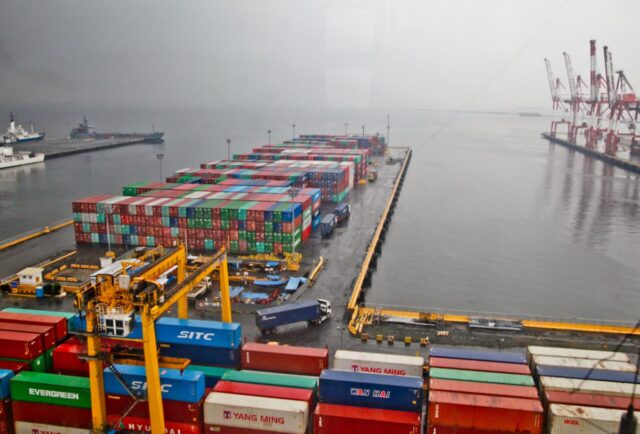
Dive into the uncharted waters of global trade, where a silent revolution has been unfolding, reshaping the arteries of international commerce. This revolution doesn’t roar with engines or blaze with innovation in the traditional sense; instead, it quietly redefines efficiency, one steel box at a time.
The humble shipping container, often unnoticed yet omnipresent, has stealthily orchestrated a symphony of streamlined logistics, altering the pulse of marketplaces worldwide. Prepare to navigate through a tale of innovation, resilience, and environmental stewardship, as we unpack the colossal impact of containerization on the logistics industry and its promising voyage towards a containerized future.
In today’s dynamic global marketplace, the logistics industry plays a pivotal role in ensuring the seamless movement of goods from manufacturers to consumers. One of the key innovations that have transformed the landscape of logistics is the use of shipping containers.
In the United States, the demand for efficient and cost-effective transportation solutions has led to a surge in interest in buying both new and used shipping containers. This article explores the impact of shipping containers on the logistics industry and introduces PelicanContainers as a reliable source for those looking to buy shipping containers USA.
The Genesis of Change: Shipping Containers and Logistics
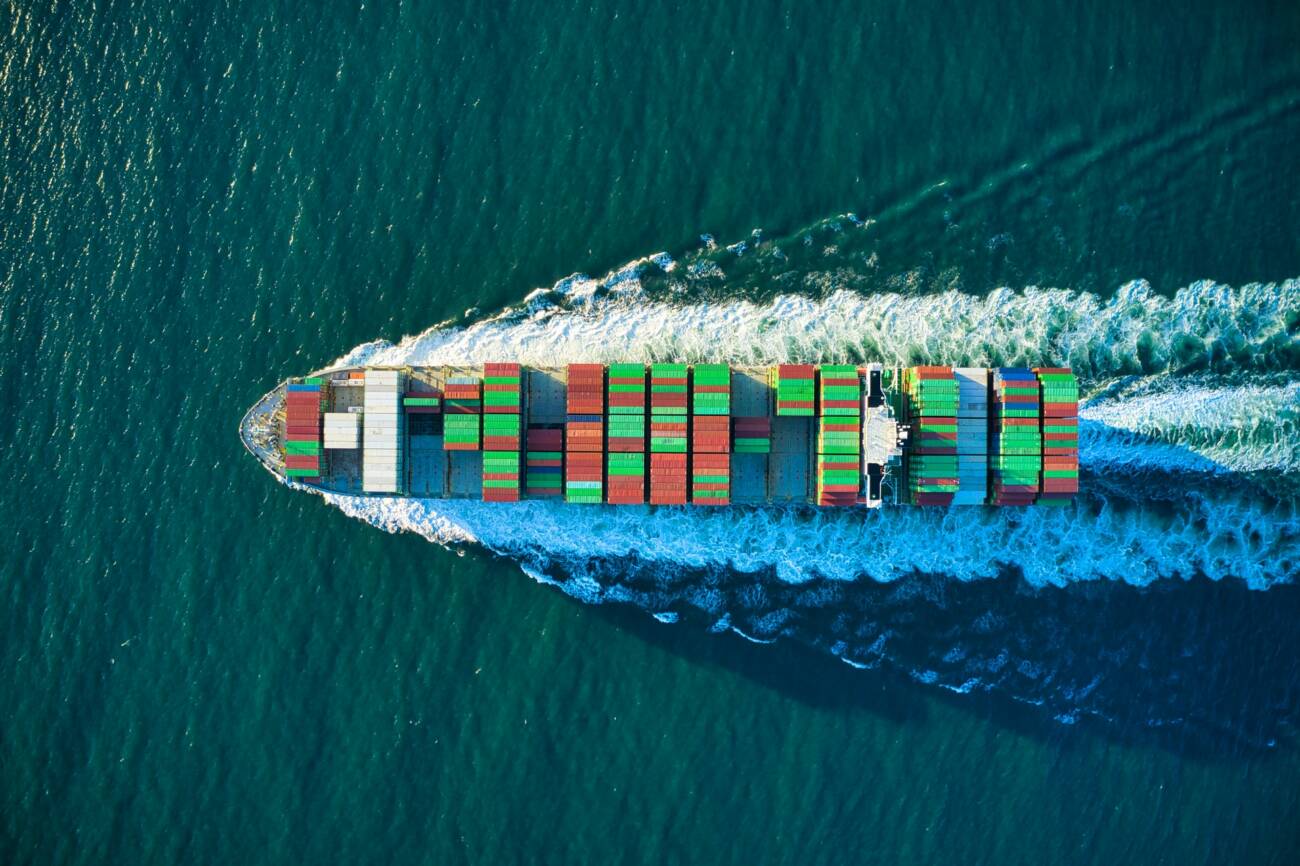
Shipping containers have emerged as the backbone of modern logistics, offering a standardized and secure method for transporting goods across oceans and continents. The idea of containerization revolutionized the industry in the mid-20th century when visionary thinkers recognized the potential for a standardized, intermodal container system.
1. Standardization: Enhancing Efficiency
Standardizing shipping containers brought about a paradigm shift in the logistics industry. Uniform sizes and specifications allowed for seamless transfer between different modes of transportation – from ships to trucks to trains. This not only accelerated the loading and unloading processes but also significantly reduced the risk of damage during transit.
2. Cost Efficiency: Streamlining Operations
Cost efficiency is a driving force behind the widespread adoption of shipping containers. The ability to load and unload containers quickly translates to reduced labor costs. Additionally, the standardized design enables optimal use of space, maximizing the number of goods that can be transported in a single shipment. These cost savings directly impact the overall affordability of products for end consumers.
The Sustainable Edge: Shipping Containers in the Green Era
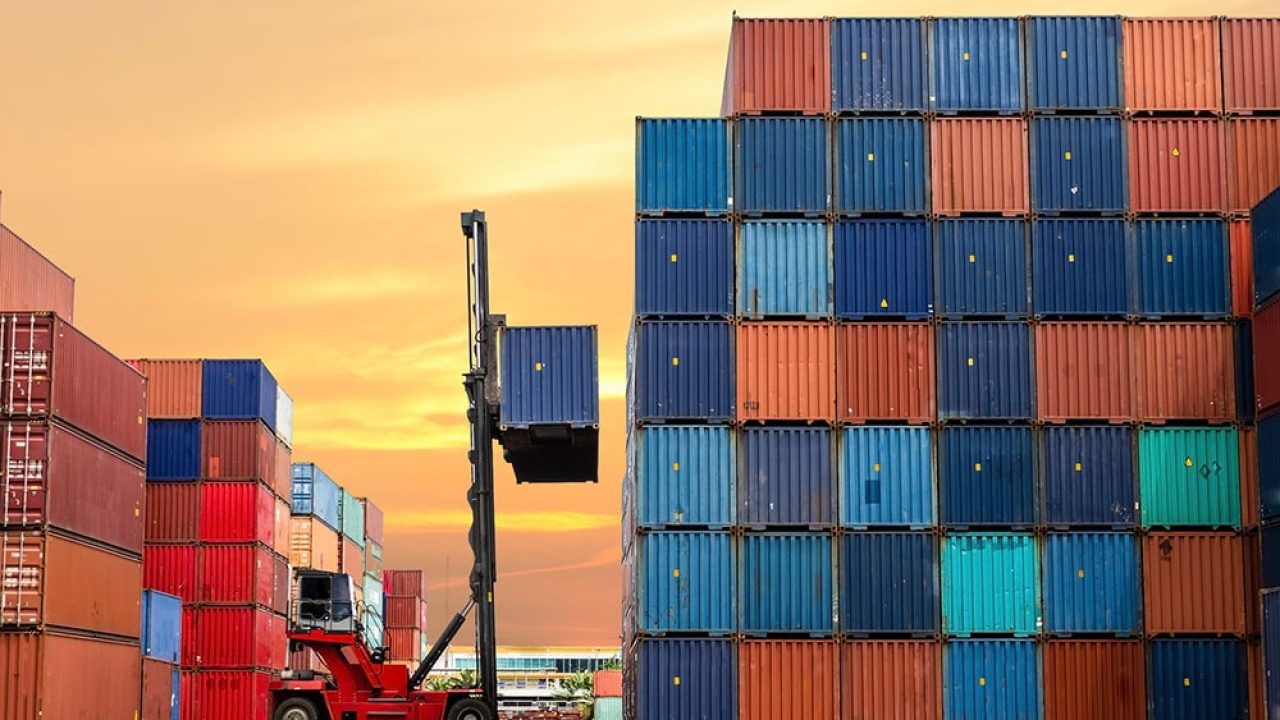
1. Repurposing and Sustainability
As environmental consciousness grows, the logistics industry faces increasing pressure to adopt sustainable practices. Shipping containers contribute to this cause by being easily repurposed for alternative uses, such as modular housing, mobile offices, and pop-up retail spaces. The versatility of shipping containers extends their lifecycle, reducing waste and promoting a more sustainable approach to resource utilization.
2. Reduced Carbon Footprint
The intermodal nature of shipping containers leads to more efficient transportation, ultimately reducing the carbon footprint associated with the movement of goods. With a focus on environmental responsibility, businesses can not only enhance their public image but also contribute to a more sustainable future.
Navigating Challenges: Customs, Regulations, and Beyond
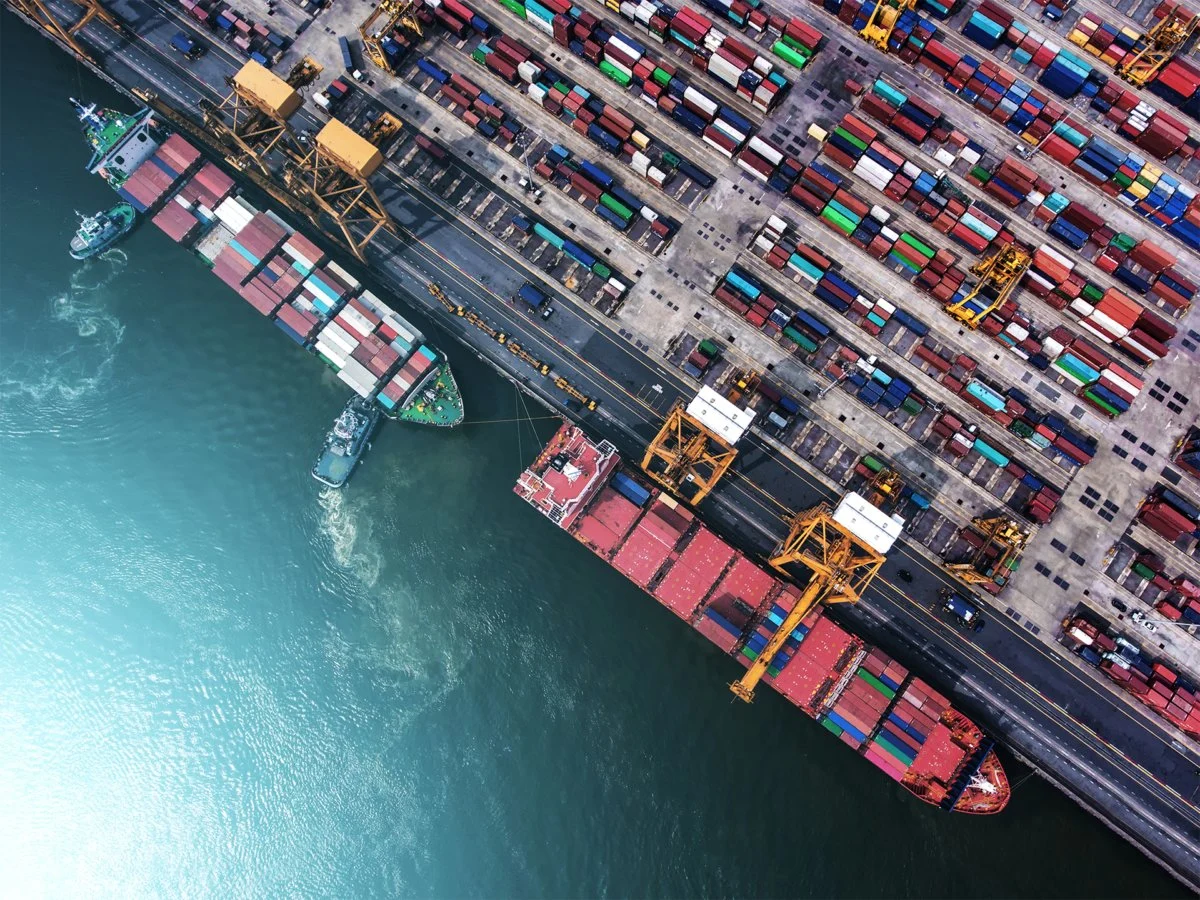
1. Regulatory Compliance
While shipping containers have streamlined logistics, navigating the complex web of international trade regulations remains a challenge. PelicanContainers addresses this concern by providing expert guidance on regulatory compliance, ensuring that businesses can seamlessly navigate customs and trade regulations when “buying shipping containers USA.”
2. Security Measures
From tamper-evident seals to advanced locking mechanisms, their containers are designed to safeguard goods during transit, offering peace of mind to businesses and individuals alike.
Innovations in Container Technology
In the realm of global logistics, container technology is not just evolving; it’s revolutionizing the way goods traverse our planet. The advent of refrigerated containers, or “reefers,” has been a game-changer, preserving the integrity of perishable goods from farm to table across vast distances.
But the innovation doesn’t stop at temperature control. Smart containers equipped with IoT technology are setting new standards. These high-tech marvels offer real-time tracking, temperature monitoring, and humidity control, ensuring that from delicate pharmaceuticals to seasonal produce, every item arrives in pristine condition, transforming logistical nightmares into seamless operations.
Global Trade Expansion

Shipping containers are the unsung heroes of global trade expansion. Acting as universal building blocks of commerce, they’ve simplified the complex puzzle of international logistics. With these standardized steel boxes, businesses, big and small, have found the confidence to venture beyond local markets, tapping into the global consumer base.
This democratization of trade has not only bridged geographical and economic divides but has also woven a more interconnected and resilient global market fabric, fostering an era of unprecedented growth and cultural exchange.
Economic Impact
The economic reverberations of containerization echo across both the developed and the developing worlds. In developed nations, it’s the catalyst for sophisticated market dynamics, nurturing intricate supply chains and fostering a fertile ground for innovation. For developing countries, it’s a beacon of hope and progress.
Containerization has unlocked new trade corridors, catalyzing job creation, and igniting economic transformation. From bustling port cities to remote production hubs, the ripple effects of increased trade volumes and efficient logistics are crafting narratives of prosperity and opportunity.
Logistics Infrastructure
The ubiquity of shipping containers has spurred a parallel evolution in logistics infrastructure. Ports are no longer just points of transit; they are pivotal economic hubs, pulsating with the lifeblood of global commerce. The development of sprawling container terminals and sophisticated port facilities is a testament to the pivotal role of containerization in shaping modern infrastructure.
This infrastructural metamorphosis not only supports the seamless flow of goods but also lays the groundwork for future innovations in global logistics, ensuring that the backbone of international trade is robust and future-ready.
Digitalization of Logistics

In the digital era, shipping containers are not mere physical entities; they are pivotal nodes in a complex data-driven network. The integration of containers with digital technologies marks a new horizon in logistics efficiency. Real-time tracking systems, powered by GPS and IoT, offer an unprecedented window into the journey of goods, transforming uncertainty into predictability.
Supply chain optimization algorithms and advanced data analytics are turning logistical challenges into opportunities for efficiency, resilience, and innovation. In this digital renaissance, every container is not just a vessel of goods but a beacon of data, guiding decisions, and driving the relentless pursuit of logistical excellence.
Conclusion: A Containerized Future for Logistics
In conclusion, the integration of shipping containers into the logistics industry has been nothing short of revolutionary. From enhancing efficiency and reducing costs to promoting sustainability, the impact of containerization is far-reaching.

